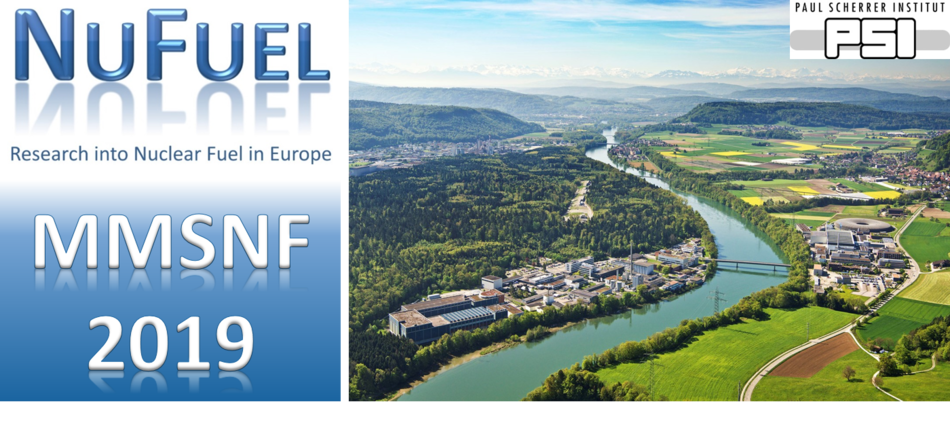Speaker
Description
Advanced Generation-IV nuclear reactors, which should excel in the areas of sustainability, economics, safety & reliability and proliferation resistance, are currently being developed to replace the Light Water Reactors (LWRs) at the end of their operating licenses. Among the various designs selected by the Generation-IV International Forum, research has been focused in Europe on fast neutron reactors cooled by Sodium (SFRs) or Lead (LFRs). (U,Pu)O2-x mixed oxide is currently the reference fuel for these reactors. Considering the higher temperatures, thermal gradients and neutron flux of SFRs and LFRs in comparison to LWRs, the behavior of the fuel can be significantly different. The European INSPYRE (Investigations Supporting MOX Fuel Licensing in ESNII Prototype Reactors) project of the 2016-2017 Euratom H2020 Fission call has started in 2017 with the investigation of the (U,Pu)O2 fuel behaviour under irradiation to support the licensing of next generation SFRs and LFRs [1]. One of the several objectives of this project is to model the formation of the so-called JOG layer (Joint Oxide Gaine), that forms between the fuel and the cladding following the migration of volatile fission products, such as Cs-Mo-Te-I, from the inner pellet towards the outer rim [2]. In this context, this work aims to obtain reliable experimental data for this multi-element system and use them to develop thermodynamic models based on the CALPHAD methodology.
Our progress on the experimental investigations of the JOG sub-systems will be presented at the NuFuel conference. In particular, our most recent results on the Cs-Mo-O, Cs-U-O, Ce-Te-O, and Cs-(Te,Mo)-O systems will be reported: structural characterizations using XRD and neutron diffraction, determination of enthalpies of formation by solution calorimetry, melting/transition temperatures and melting/transition enthalpies by Differential Scanning Calorimetry (DSC), etc.
The Cs-Mo-O system is of fundamental importance because Cs2MoO4 is expected to be the main component of the JOG. A CALPHAD assessment of the Cs-Mo-O system has been performed in the frame of the TAF-ID project (Thermodynamic of Advanced Fuels International Database [3]), based on the limited experimental data available in the literature. Because this system is very complex, many fundamental thermodynamic properties are still missing, and discrepancies have been noticed. The Cs-U-O system is another key system for modelling the JOG, as Cs2UO4 is the main phase on the pellet-side of the JOG layer. A Cs-U-O CALPHAD model has been developed in the TAF-ID on the basis of the review of Cordfunke and Konings [4], but discrepancies in the literature exist for this system and thermodynamic data are missing for some of the key phases, in particular CsUO3.5. Finally, the data available on Cs-Te-O are rather scarce, and no thermodynamic model has been reported to this date. A particularly interesting study is the investigation of the solubility of Te in Cs2MoO4, which is reported herein.
[1] http://www.eera-jpnm.eu/inspyre/
[2] M. Tourasse et al. Fission product behavior in Phenix fuel pins at high burnup, J Nucl. Mater., 1800 (1992): 49-57
[3] https://www.oecd-nea.org/science/taf-id/
[4] E.H.P. Cordfunke, R.J.M. Konings, Thermochemical data for reactor materials and fission products, North-Holland, Elsevier, 158-165 (1990)

